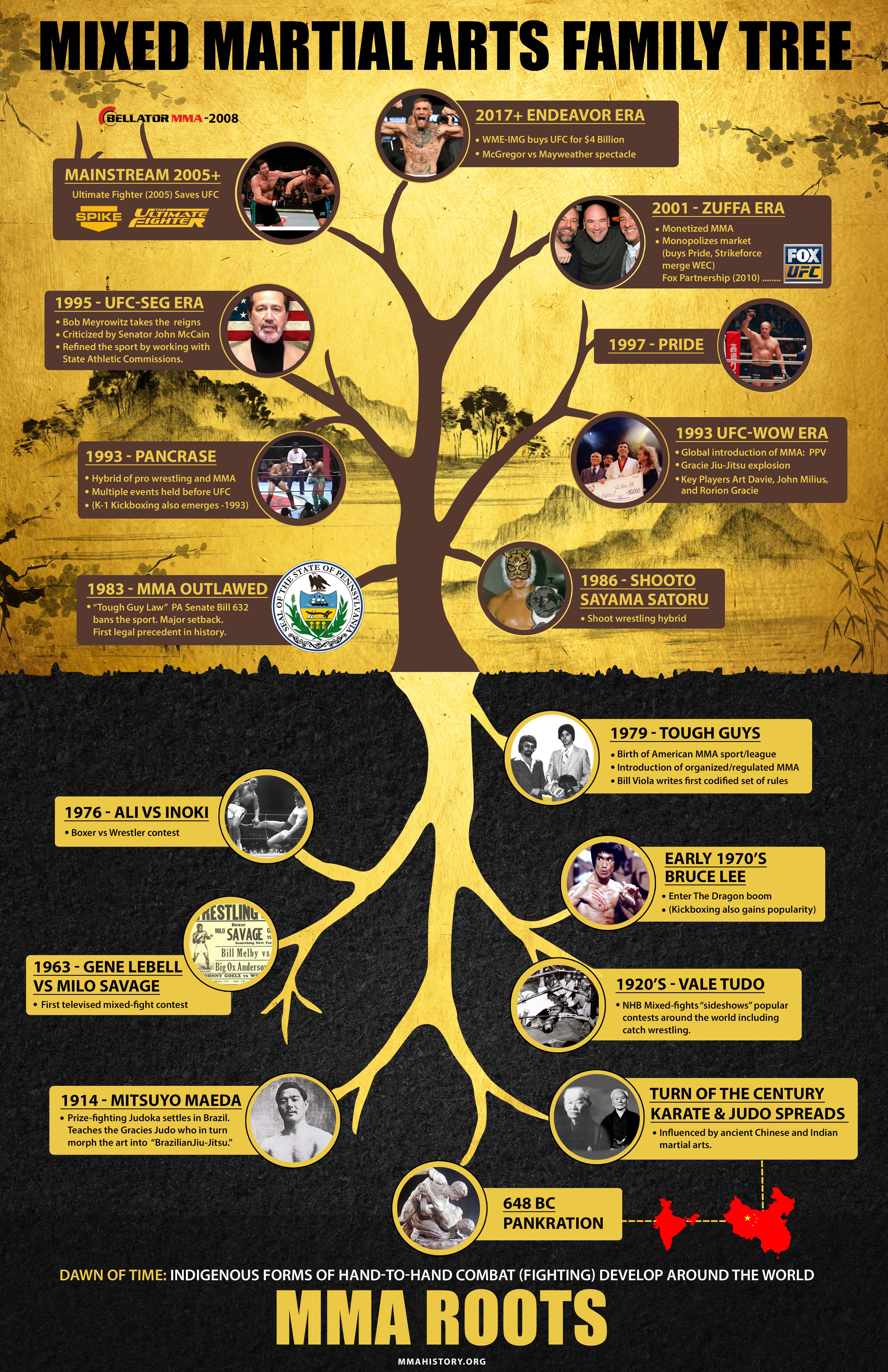A Historic Introduction And Progression Of Martial Arts Across The Globe
A Historic Introduction And Progression Of Martial Arts Across The Globe
Blog Article
Write- find more information -Winkler Silverman
Martial arts have a fascinating background that covers centuries and continents. You could locate it intriguing exactly how ancient techniques like Shuai Jiao and Kalaripayattu laid the groundwork for contemporary fight methods. These techniques not just stress physical skills yet additionally mirror the cultures that birthed them. As you explore their development, consider how globalization has transformed these conventional kinds into crossbreed styles. What influences do you think have shaped today's martial arts landscape?
Ancient Martial arts: The Structures of Battle
As you delve into the globe of ancient martial arts, you'll discover the rich structures that formed combat strategies throughout cultures. Very early techniques concentrated on Self-Defense and survival, commonly integrating strikes, hurting, and weaponry.
In old China, for instance, methods like Shuai Jiao stressed throws and joint locks, while India's Kalaripayattu showcased agility and fluid motion. Japanese samurai established Kenjutsu, a polished swordsmanship that highlighted technique and method.
These martial arts offered not just for battle yet also as a means of personal advancement, instilling worths like regard and determination. The mixing of these methods over time prepared for the diverse martial arts you see today, each mirroring the unique philosophies and needs of its society.
The Cultural Impact on Martial Arts Growth
While martial arts frequently reflect the functional demands of a culture, they also embody the social worths and beliefs of their beginnings. When you check out different martial arts, you'll see exactly how they're affected by faith, approach, and social standards.
As an example, the emphasis on regard and technique in Japanese martial arts stems from Zen Buddhism and samurai society. In contrast, Brazilian Jiu-Jitsu advertises flexibility and technique, formed by the demand for efficiency in a varied, multicultural atmosphere.
You might find that the routines, attires, and training techniques show a community's background and identity. By understanding these social influences, you deepen your admiration of martial arts and their role in shaping human experiences around the world.
Modern Adaptations and the Globalization of Martial arts
Martial arts have transformed considerably in current years, adjusting to modern culture and global influences. You'll discover that typical types have blended with modern-day methods, creating hybrid styles like MMA. https://www.myanmore.com/2019/12/thaing-byaung-byan-a-short-history/ deal with diverse target markets, making martial arts obtainable and attractive around the world.
With the increase of social networks and electronic systems, you can discover tutorials and competitors from all edges of the world, damaging geographical obstacles. This globalization has actually resulted in a common appreciation for various disciplines, from Brazilian Jiu-Jitsu to Taekwondo.
As you involve with these arts, you'll realize they're not almost battle; they advertise physical fitness, technique, and mental health.
Ultimately, contemporary adaptations have enhanced the martial arts landscape, making it a dynamic and progressing technique.
Conclusion
In discovering the background and advancement of martial arts, you reveal a remarkable mix of methods, societies, and viewpoints. From ancient self-controls like Shuai Jiao and Kalaripayattu to the contemporary flexibility seen in mixed martial arts, martial arts reflect humanity's pursuit for Self-Defense and personal growth. As you engage with these methods, you not just gain abilities but also a much deeper appreciation for the diverse practices that form our globe today. So, continue your journey and welcome the art of combat!
